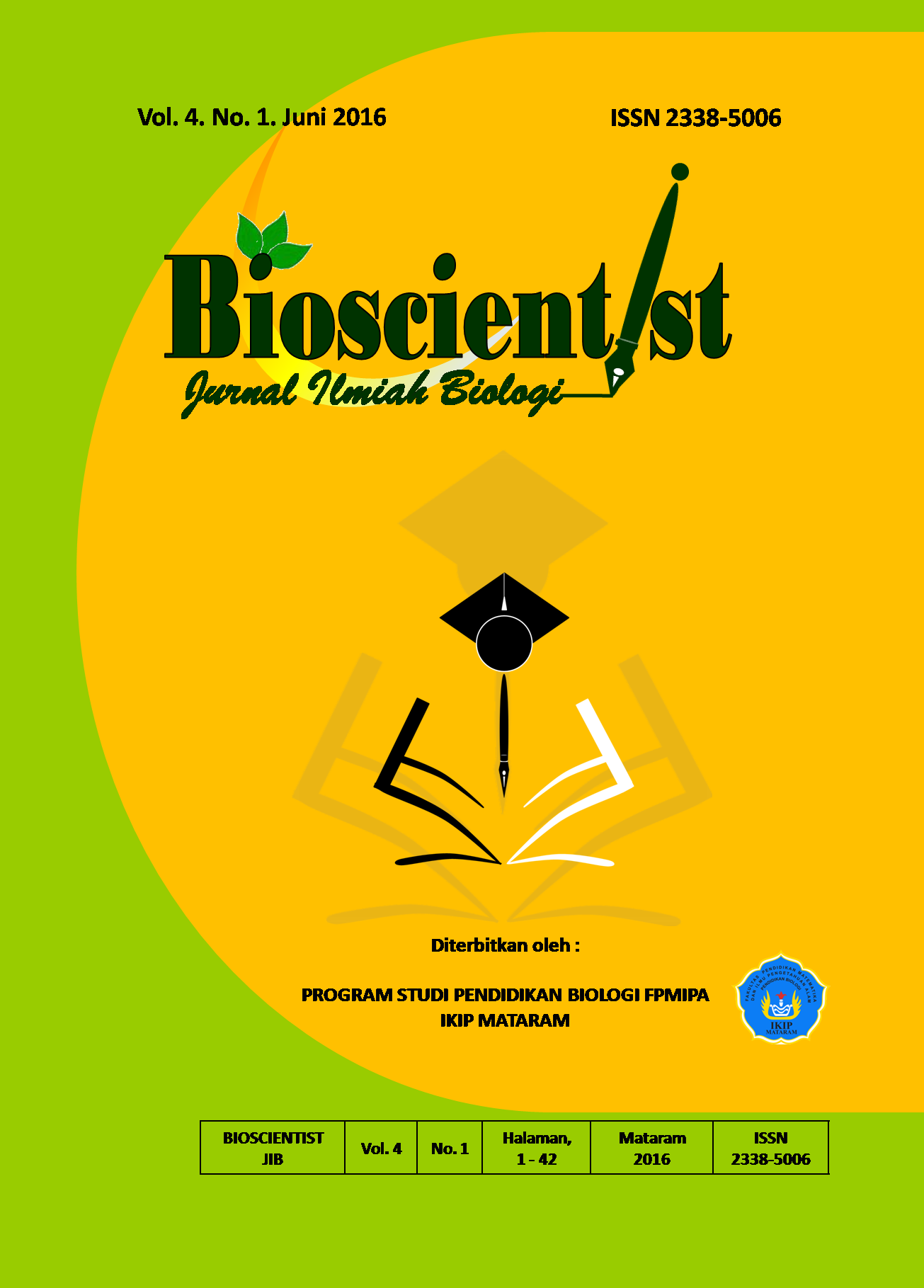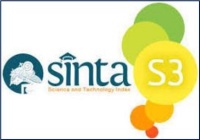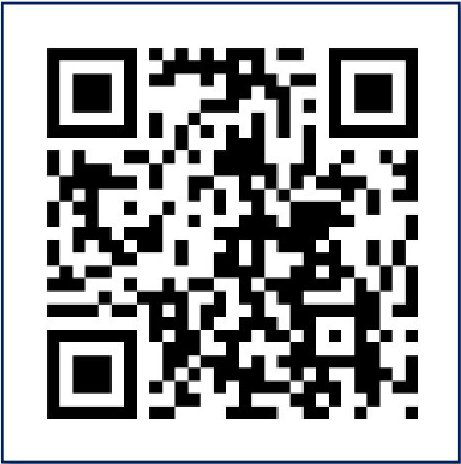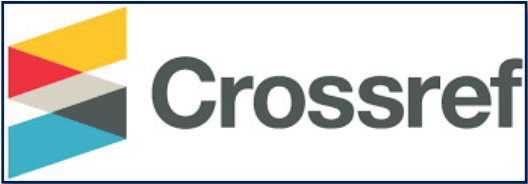STRUKTUR KOMUNITAS AMPHIBI DI TAMAN WISATA ALAM (TWA)KERANDANGAN DALAM UPAYA PENYUSUNAN MODUL EKOLOGI HEWAN
DOI:
https://doi.org/10.33394/bioscientist.v4i1.214Keywords:
Community Structure, Amphibi, Natural Park Kerandangan, Module of Animal Ecology.Abstract
References
Berry. 1975. The Amphibians Fauna of Feninsular Malaysia. Kuala Lumpur: Topical Pr.
Boitani, L and Powell, RA. (2012). Carnivore Ecology and Conservation, A Handbook of Techniques. Oxford: Oxford University Press.
Clavero, M., Prenda, J., and Delibes, M. 2005. Amphibian and Reptile Consumption by Otters (Lutra lutra) in a Coastal Area in Souther Iberian Peninsula. Herpetological Journal, 15: 125-131.
Daly, J.W., Myers, C.W., and Whittaker, N. 1987. Further classification of skin alkaloids from Neotropical poison frogs (Dendrobatidae), with a general survey of toxic/noxious substances in the Amphibia. Toxicon,25: 1023-1095.
Darmawan, B. 2008. Keanekaragaman Amfibi di Berbagai Tipe Habitata: Studi kasus di Eks-HPH PT Rimba Karya Indah Kabupaten Bungo Provinsi Jambi. (Skripsi). Bogor: Institut Pertanian Bogor, Program Sarjana.
Darst, C.L., Menendez-Guerrero, P.A., Coloma, L.A., and Cannatella, D.C. 2005. Evolution of Dietary Specialization and Chemical Defense in Poison Frogs (Dendrobatidae): A Comparative Analysis. The American Naturalist, 165(1): 56-69.
Delfino, G., Alvarez, B.B., Brizzi, R., and Cespedez, J.A. 1998. Serous Cutaneous Glands of Argentine Phyllomedusa Wagler 1830 (Anura Hylidae): Secretory Polymorphism and Adaptive Plasticity. Tropical Zoology, 11: 333-351.
Endang, T. 2010. Panduan Wisata Alam di Kawasan Konservasi Nusa Tenggara. BKSDA-NTB.
Gibbons J.W., Scott D.E., Ryan T.J., Buhlmann K.A., Tuberville T.D., Metts B.S., Greene, J.L., Mills T., Leiden Y. Poppy S. and Winne C.T. 2000. The Global Decline of Reptiles and Amphibians. Bioscience 50: 653–66.
Goin, J.C ; O.B. Goin & G.R. Zug. 1978. Introduction to Herpetology. San Francisco : W.H. Freeman and Company.
Jumail. 2011. Pencitraan Kawasan Wisata Kuta Lombok Tengah. Tesis. Magister Kajian Pariwisata. Denpasar: Universitas Udayana.













